A rigorous practice method for mastering the whip kick, helping you quickly develop an intuitive feel for the water and achieve flexible ankles.
•5 min read
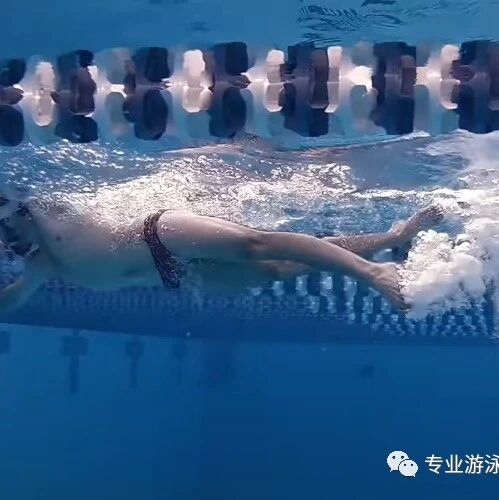
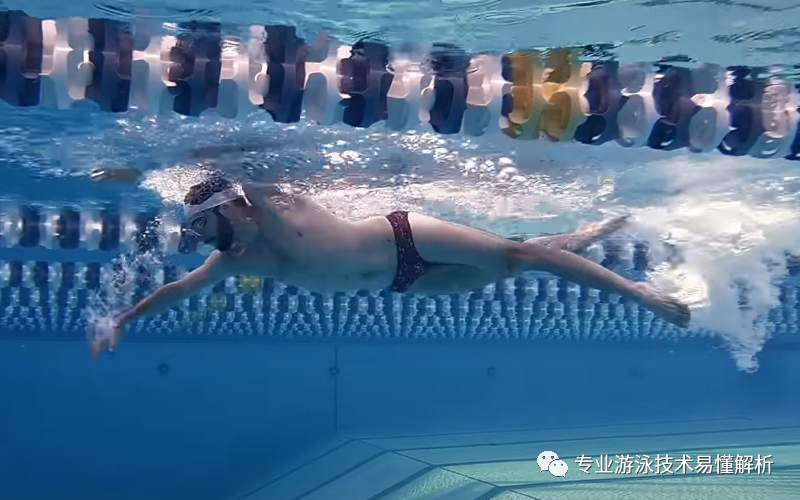
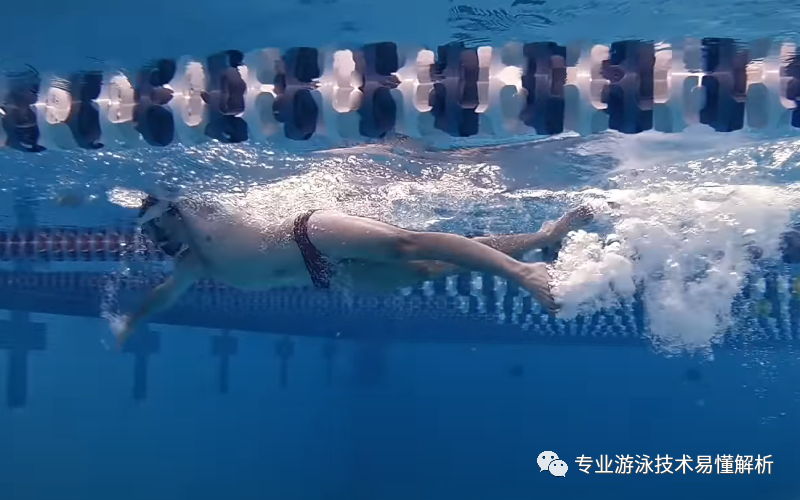
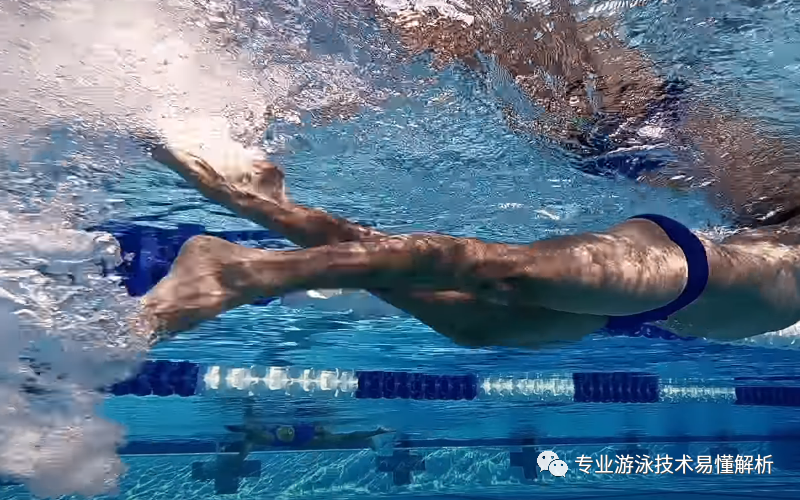
Related Articles

Swimming
The three stages of unilateral swimming practice—freestyle strokes should be powerful and fluid.
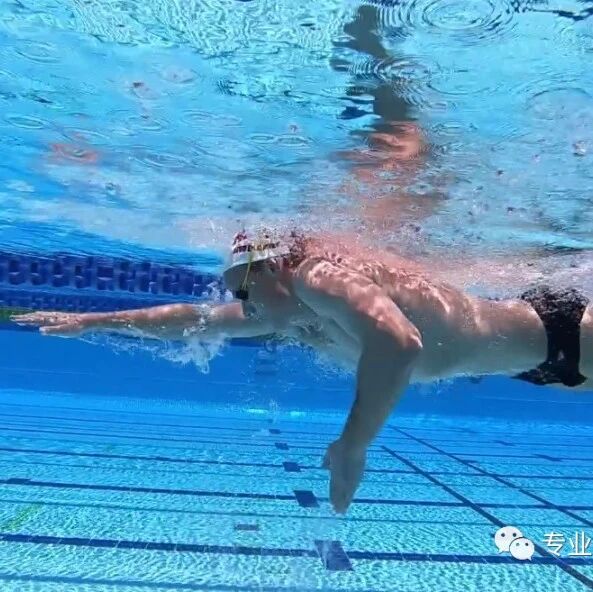
Swimming
Find these two sensations to improve your freestyle swimming skills.

Swimming